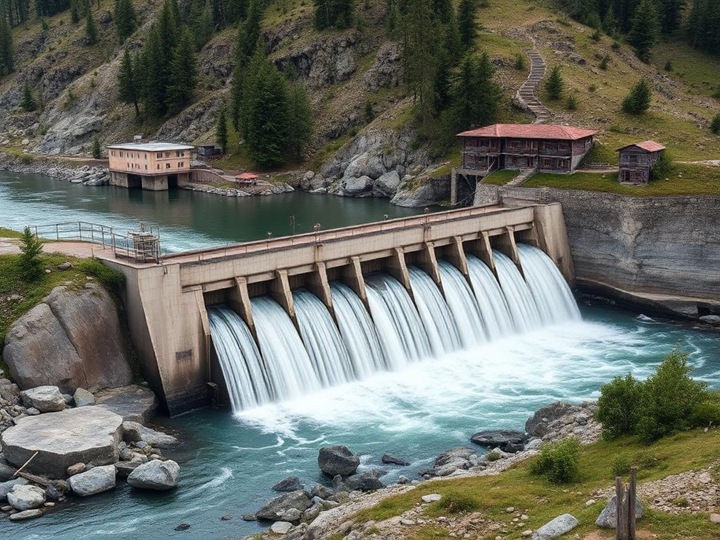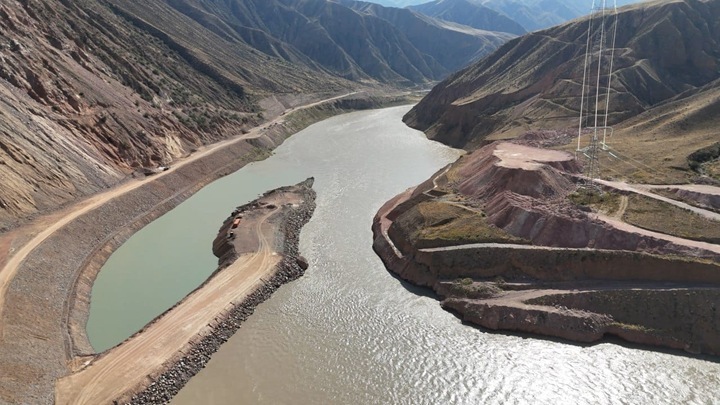Kazakh investors will be engaged in the construction of small hydropower plants in Kyrgyzstan
The other day, the Ministries of Energy of Kazakhstan and Kyrgyzstan agreed and signed a roadmap that opens the way to the construction of small hydroelectric power plants on Kyrgyz land. This step, according to the statements of the Kazakh Ministry of Energy, is designed to strengthen energy cooperation between the two countries and unlock the hydropower potential of Kyrgyzstan. However, behind the beautiful words about “cooperation” and “development” there is an alarming reality – any interference in natural ecosystems, especially in the fragile balance of water resources, carries a potential threat.

Kazakh Energy Minister Almasadam Satkaliyev said that Kazakhstan consistently advocates strengthening regional cooperation in the field of energy, seeing this as a guarantee of stability and prosperity for the whole of Central Asia, and that signing a roadmap with Kyrgyzstan is another confirmation of commitment to this course, and Kazakhstan is ready to share experience and resources to build an energy independent future together. The signing of the document, of course, marks a new stage in the relations between the two states, but it is worth considering at what price this “energy independence” will be achieved. The roadmap provides for attracting Kazakhstani investors for the construction of small hydropower plants in Kyrgyzstan. Do not forget that any hydroelectric power station, even a small one, is a dam blocking the river, changing its natural regime, affecting the flora and fauna, and the lives of people whose existence has been associated with this river for centuries.
The construction of hydroelectric power plants, even “small” ones, inevitably entails flooding of territories, changes in the hydrological regime of rivers, violation of the migration routes of fish and other aquatic inhabitants. Will the pursuit of “energy independence” lead to dependence on technologies that cause irreparable harm to the environment? Won’t it turn out that “stability and prosperity” will turn into a local, and possibly regional, environmental disaster? After all, the rivers of Central Asia are fragile arteries that feed huge spaces with life, and any careless interference with their flow can have unpredictable consequences.
Alexander Eskendirov (Rivers.Help!)


